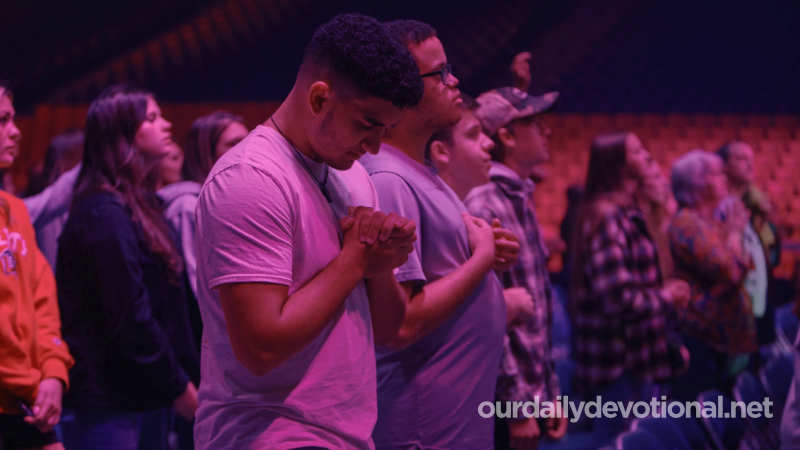(Heb. "nebel"; Gr. "psalterion", designates a lyre; Is. 5:12; 14:11; Am. 5:23; 6:5). In Greek, the term "nebel" became "nabla."
In the LXX the transcription "nabla" is commonly found (1 Sam. 10:5; 2 Sam. 6:5; 1 Chron. 13:8; 15:16, 20). The body of this instrument, which was originally made of wood (2 Sam. 6:5; 2 Chron. 9:11), later became metal (Ant. 8:3, 8).
The number of strings is unknown; They were gut; ten strings are mentioned for a specific type of psaltery (the decachord; Ps. 33:2; 92:4). It accompanied the soprano voice (1 Chron. 15:20), and was portable (1 Sam. 10:5).
Josephus says that the "kinnura" (Heb. "kinnõr", lyre, harp) had ten strings, and was played with the plectrum, while the nabla had twelve notes and was plucked with the fingers (Ant. 7:12 , 3).
According to Eusebius, the psaltery was called nabla in Israel and had the soundboard at the top. Augustine of Hippo, commenting on Psalm 42, says that the psaltery has the soundboard above the strings, unlike the zither, which has it below.
Saul encountered a group of prophets playing the psaltery (1 Sam. 10:5), an instrument that was also used when the ark was returned to Jerusalem (2 Sam. 6:5).
When David organized the sanctuary musical service, he appointed certain Levites to play the psaltery (1 Chr. 15:16, 20, 28; 16:5; 25:1, 6), thus perpetuating its use for public worship (2 Chron. 5:12).
It was also played at festivals (Is. 5:12; Am. 6:5). This instrument frequently accompanied the harp (1 Sam. 10:5; 2 Sam. 6:5; 2 Chron. 9:11; Ps. 81:3; 108:3). (See MUSIC.)
Meaning of PSALTERY
(Heb. "nebel"; Gr. "psalterion", designates a lyre; Is. 5:12; 14:11; Am. 5:23; 6:5). In Greek, the term "nebel" became "nabla."







